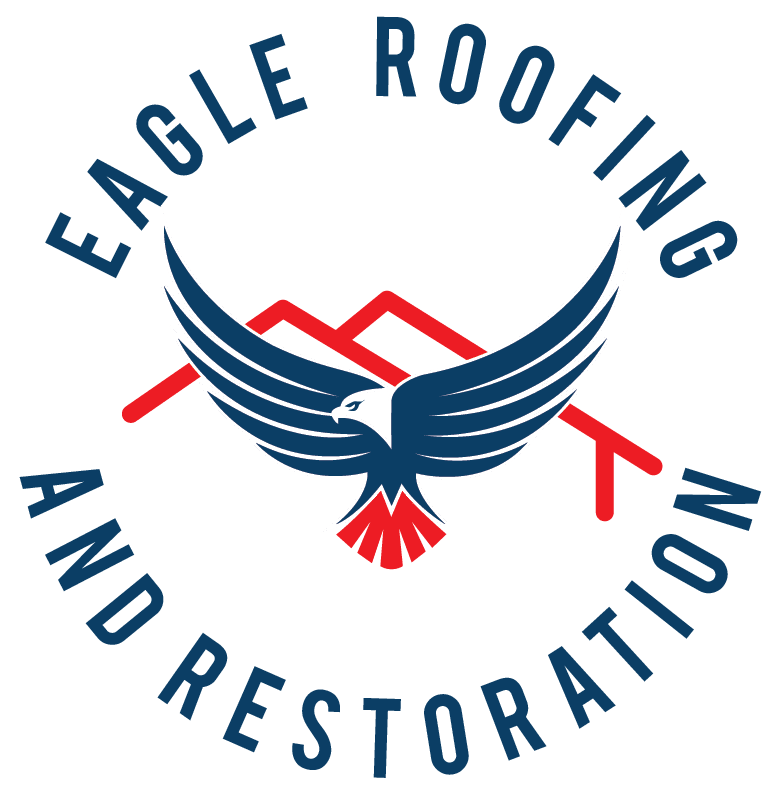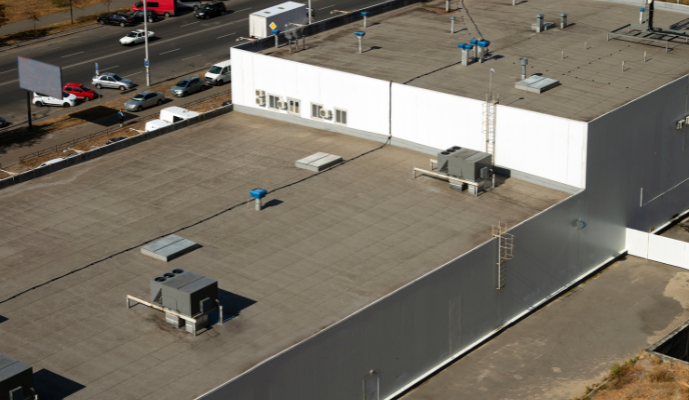Commercial roofing is a type of roofing system used for non-residential buildings such as offices, warehouses, and industrial facilities. These commercial roofs tend to be flat or slightly sloped to support equipment like HVAC systems and are made from durable materials to withstand varying weather conditions.
Understanding Commercial Roofing
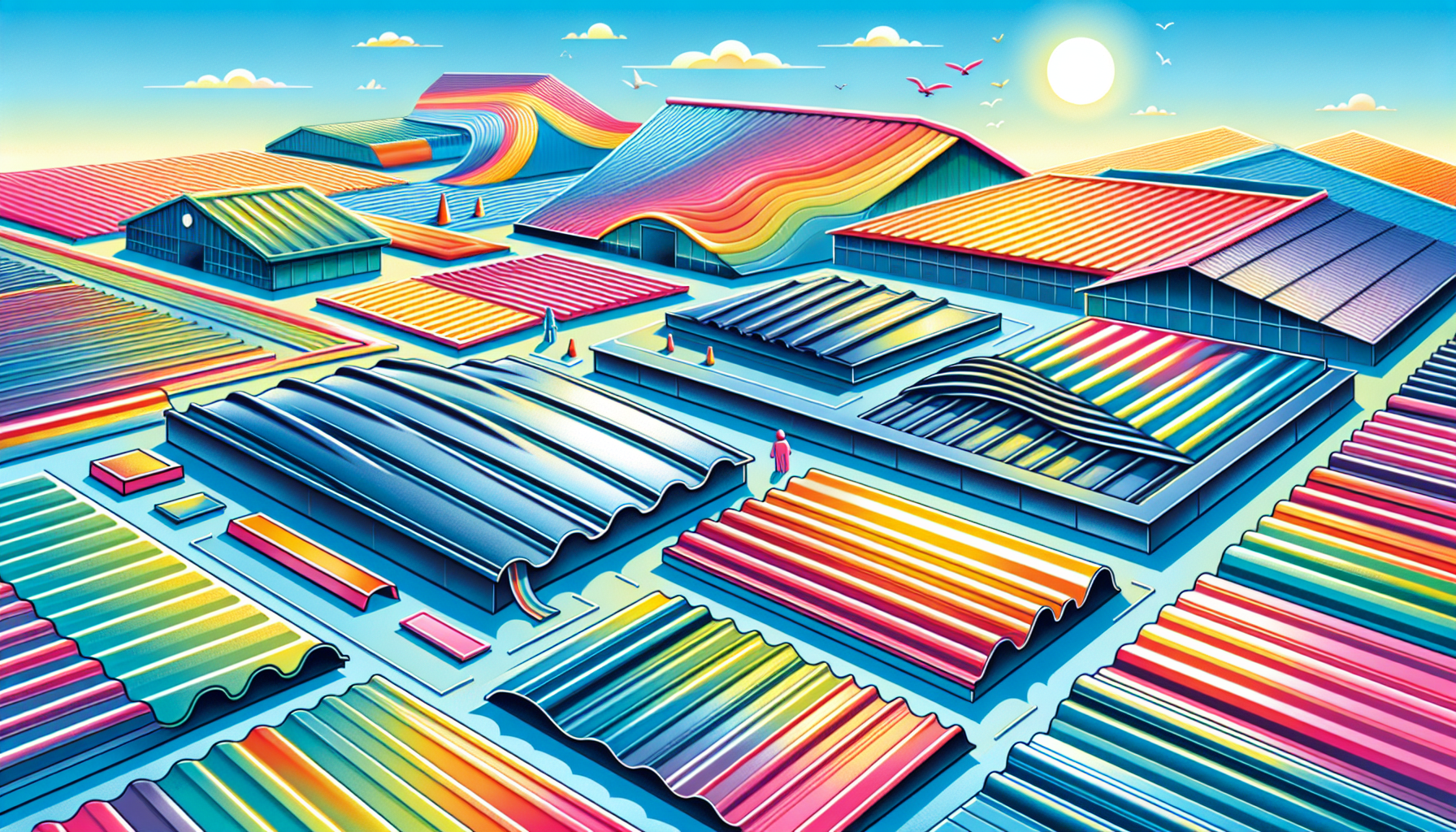
Key Features of Commercial Roofing
Commercial roofing typically exhibits a flat or low-slope design, which sets it apart from steeply angled residential roofs. This layout is particularly suitable for hosting HVAC systems and additional machinery on top of commercial structures. The selection of roofing materials for these buildings takes into account local climatic extremes to ensure that commercial roofs are built to endure severe temperatures and heavy rainfall.
With regards to various commercial roofing ventures, single-ply materials such as TPO (Thermoplastic Polyolefin) and EPDM (Ethylene Propylene Diene Monomer) are prized due to their reflective properties against heat along with being lightweight yet fire-resistant choices in this context.
Types of Commercial Roofing Systems
Commercial roofing encompasses a variety of roof systems tailored to safeguard the diverse structures they cover. Top-performing options include PVC, metal, and modified bitumen roofs, each with distinct benefits tailored to suit the requirements of specific commercial facilities. For example, buildings outfitted with standing seam metal roofing gain from its durability, resistance to strong winds, and aesthetic appeal—all contributing factors that enhance the value of a commercial property.
Flat roofs on commercial establishments often employ materials like PVC, TPO, and EPDM (ethylene propylene diene monomer) rubber for their affordability and straightforward installation process. Restaurants and hotels find particular advantages in using chemically resistant materials such as PVC or TPO due to their ability to withstand grease discharge from ventilation systems.
Common Commercial Roofing Materials
Selecting appropriate flat roof toping materials is essential for the longevity, economic efficiency, and environmental impact of commercial roofs. Flat roofs often utilize single-ply systems such as TPO, PVC, and EPDM because these options resist peeling, and cracking while withstanding various weather conditions.
For enhanced resilience against damage over time, modified bitumen roofing integrates asphalt with specialized chemical polymers. Another robust option for commercial endeavors is PVC roofing. Recognized for its extended lifespan and resistance to fire.
Built-Up Roofing (BUR)
Commonly known as BUR, built-up roofing is constructed from several layers—usually between three to five—of fiberglass rolls and hot tar. The multilayered structure increases the resilience of the roof, rendering it especially appropriate for commercial roofs with a low or steep slope rooftop.
Due to its durability and capacity to resist diverse weather conditions, built-up roofing is recognized as an economical choice for commercial structures that feature low-slope roofs.
Metal Roofing
Standing seam metal roofing systems have earned recognition for their durability and visual attractiveness, with certain types of metal roofs offering an impressive lifespan that can exceed half a century. Among the top selections is Galvalume metal roofing, which gracefully ages to acquire a patina that adds to its architectural charm. A variety of options are available in the United States market, including standing seam designs, screw-down panels, and those resembling traditional asphalt shingles throughout.
Modified Bitumen Roofing
Modified bitumen roofing’s reinforced multi-layer structure endows it with the durability to withstand significant foot traffic, making it an ideal choice for commercial buildings that have high foot traffic or are subject to intense use or extreme weather conditions.
The sturdy nature of modified bitumen assures its dependability and longevity as a roofing solution across diverse commercial settings.
EPDM Roofing
Ethylene Propylene Diene Monomer, widely known as EPDM roofing, is a favored selection for commercial roofs with a low roof slope, because of its resilient and flexible properties. This rubberized roofing option has the advantage of being impervious to UV rays, ozone exposure, and an array of chemicals. As such, it’s recognized for durability across various climatic conditions on commercial buildings.
EPDM stands out for maintaining its pliability even amidst frigid weather conditions—a trait that greatly contributes to reducing cracks and subsequent damage when temperatures drop. Its adaptability against extreme elements paired with this characteristic makes it both reliable and economical over time for building owners, or managers looking after the integrity of their commercial properties’ rooftops.
PVC and TPO Roofing
PVC roofing systems, which are specifically made from Polyvinyl chloride, and their thermoplastic olefin counterparts, are recognized for being lightweight while offering resistance to UV rays and harsh chemicals. The structure of PVC roofing is particularly robust due to its construction that involves two layers of the material reinforced with a layer of polyester scrim, giving it enhanced strength and endurance—qualities that make it superbly suited for commercial buildings prone to oil emissions such as those housing restaurants or accommodations.
Similarly constructed with multiple layers including a base, reinforcing scrim, and protective top layer, is TPO roofing. It shares performance-enhancing traits with PVC systems. Both types boast exceptional reflectivity characteristics contributing significantly to energy efficiency and conservation by deflecting sunlight away from buildings thus diminishing heat absorption,
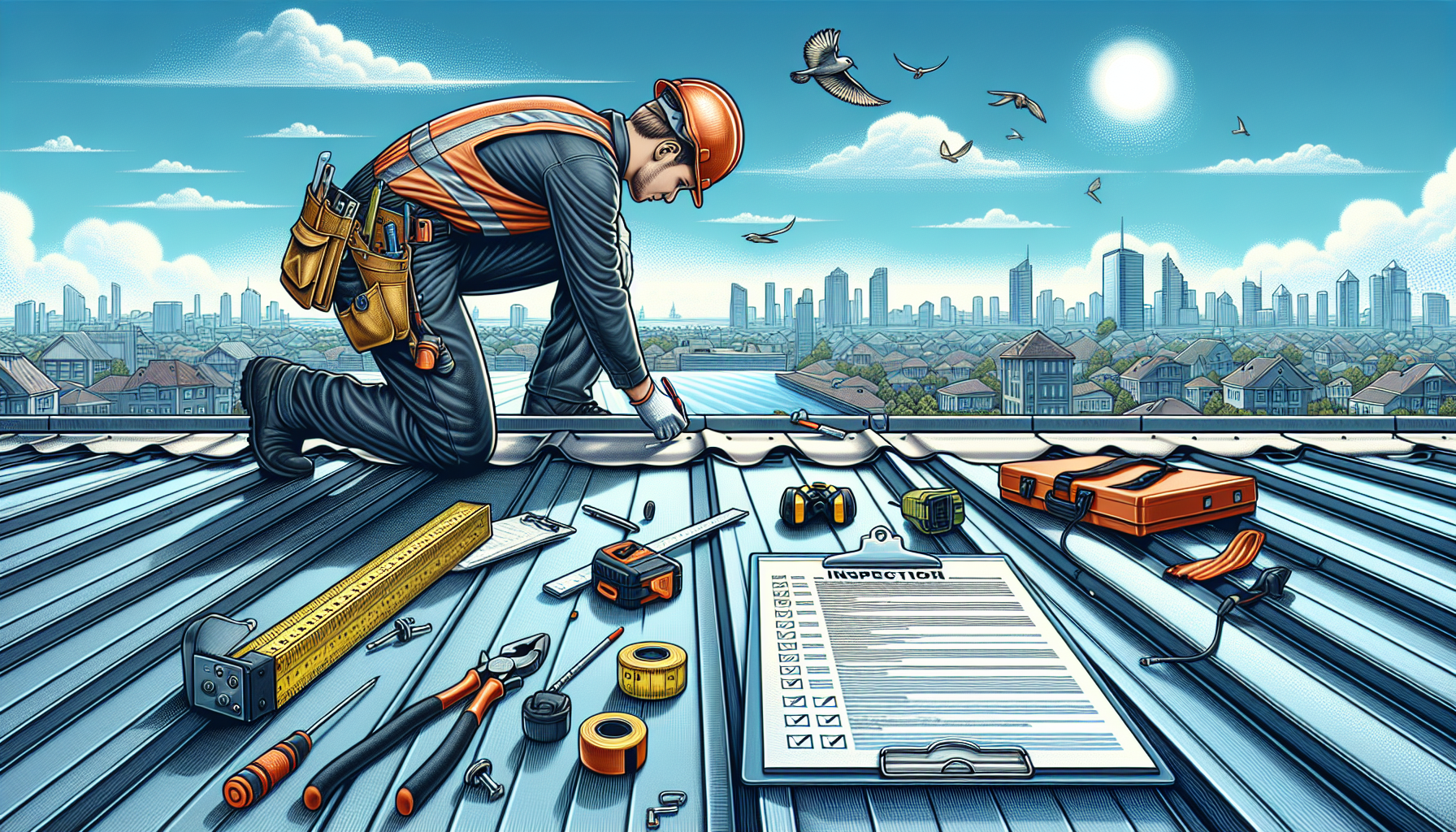
Routine Maintenance Practices
Proper maintenance of a commercial building or roof can significantly extend its lifespan and reduce the frequency of costly repairs. Implementing a proactive maintenance strategy is essential for preventing issues before they become major problems. This includes regularly clearing debris and ensuring that all drainage systems are clear and functioning to prevent water accumulation on the roof.
Routine maintenance practices also involve treating any leaks, repairing flashing, and preparing the roof for seasonal changes.
Seasonal Inspections
It is vital to conduct seasonal roof-type examinations twice a year as part of regular maintenance to spot deterioration due to fluctuating weather conditions. These inspections are key in preventing damage and safeguarding the structural soundness of the roof, allowing for early intervention with any emerging problems.
Assessing the roof for possible damage becomes especially critical after extreme weather. Such evaluations are instrumental in upholding the whole roofing system’s functionality and prolonging its service life by ensuring that any inflicted damage is dealt with swiftly.
Hire Expert Commercial Roofers
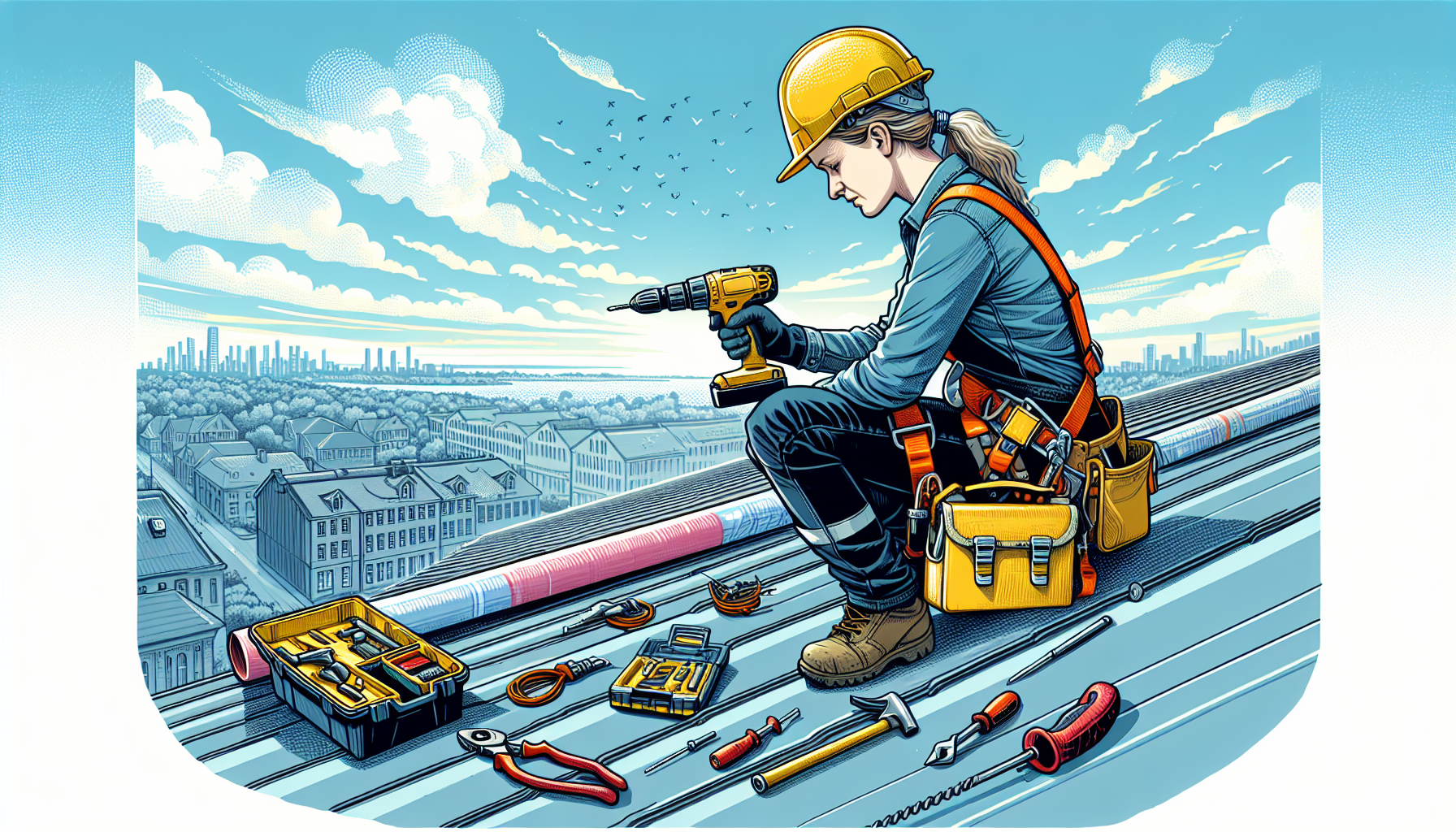
It is imperative to engage skilled commercial roofers such as Eagle Roofing for the maintenance of high-quality and long-lasting commercial roofing. These specialists deliver an array of services that include inspection, upkeep, repair, and replacement of commercial roofs—integral practices for prolonging the life span of various commercial roofing systems.
By relying on professional roofers who are trained and certified, one ensures accuracy in the execution of roof installation, as well as efficiency in service delivery. Safety standards during projects involving heights and handling different roofing materials are significantly enhanced when under expert care.
Summary
Grasping the complexities involved in commercial roofing is crucial for informed decision-making, which promotes both the durability and functionality of your commercial roofing system. It’s imperative to choose appropriate materials and enlist seasoned professionals for installation and upkeep, as each phase significantly contributes to safeguarding your commercial property. Conducting routine inspections and adhering to preventative maintenance measures can avert expensive repairs while prolonging the life expectancy of your roof.
Frequently Asked Questions
What are the key differences between commercial and residential roofing?
Commercial roof systems and residential roofing differ fundamentally in their construction. Commercial roofs usually are flat or have a gentle slope designed for business structures, using particular materials suited for such applications. In contrast, residential roofs are often steeply sloped and incorporate diverse materials that are appropriate for houses.
Why is regular maintenance important for commercial roofs?
It is essential to perform consistent maintenance on commercial roofs, as doing so greatly prolongs their service life, circumvents costly repair work, and ensures the commercial roof inspection itself remains in prime condition by tackling potential problems promptly.
What are the most common materials used in commercial roofing?
In the realm of commercial roofing, prevalent materials include single-ply systems like TPO, PVC, and EPDM. Utilized are metal roofing and modified bitumen rooftop.
These selections provide robustness and effectiveness to meet a diverse array of roofing material requirements.
How often should commercial roofs be inspected?
Commercial roofs should be inspected at least twice a year and following severe weather events to ensure any potential damage is promptly identified and addressed.
